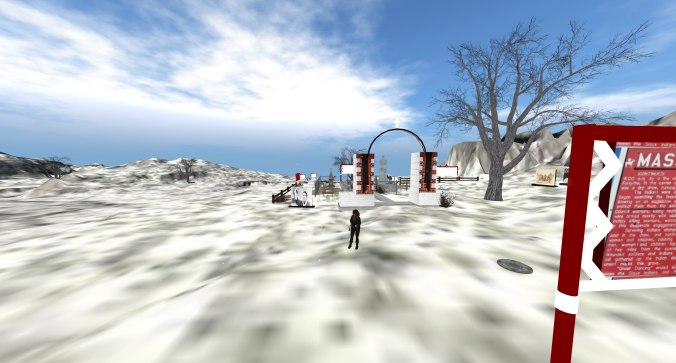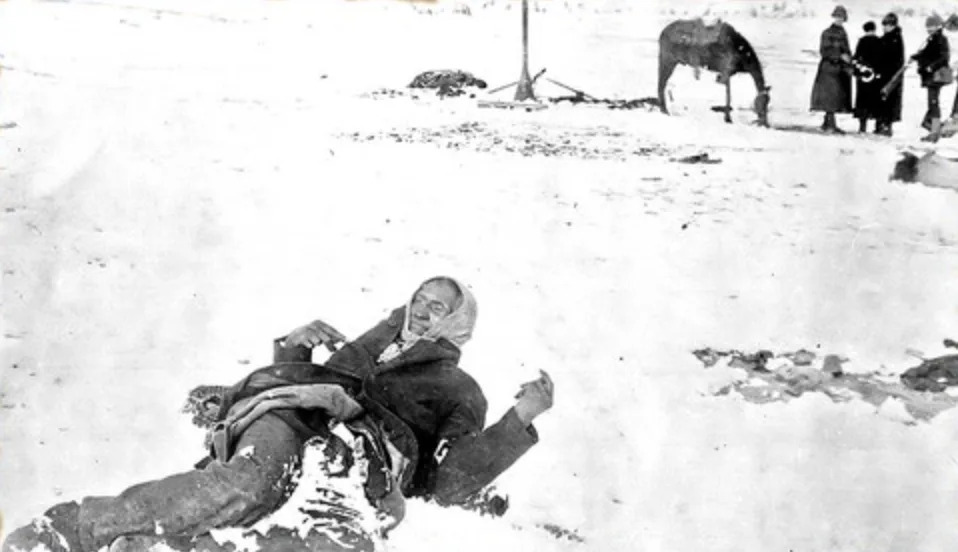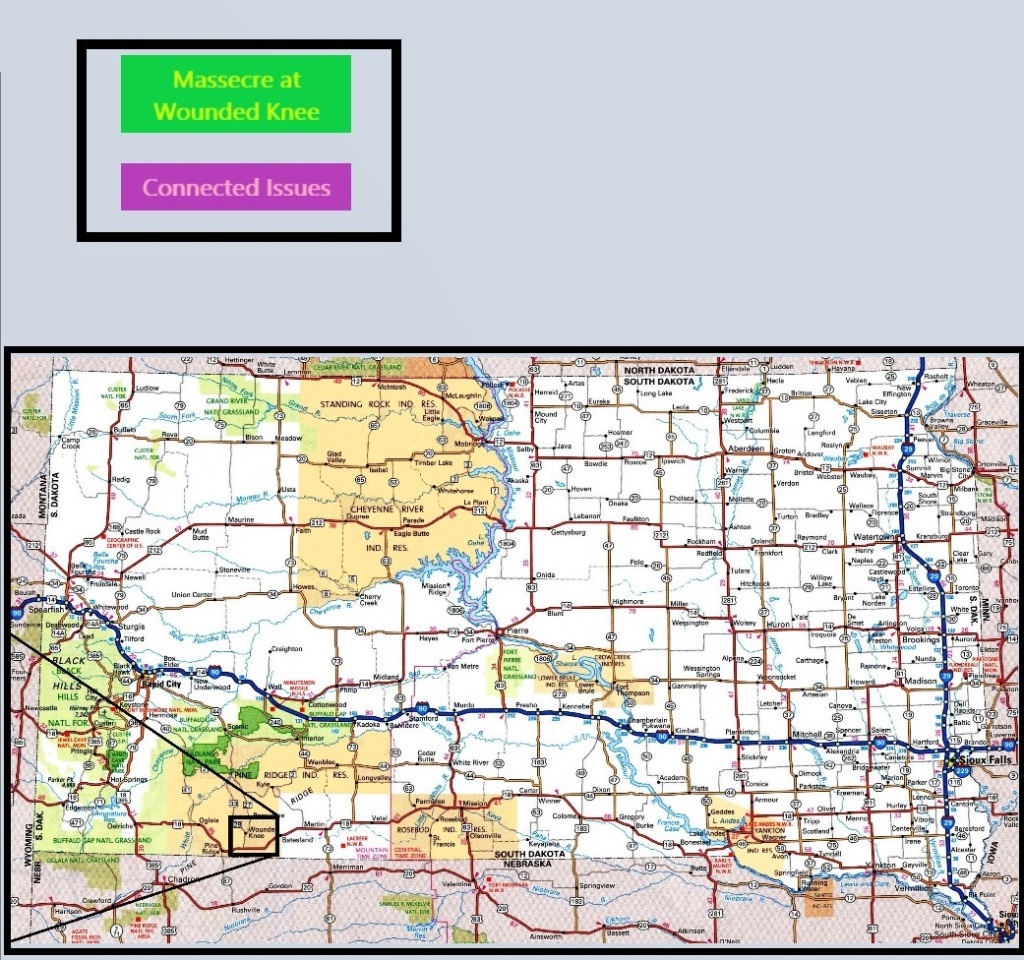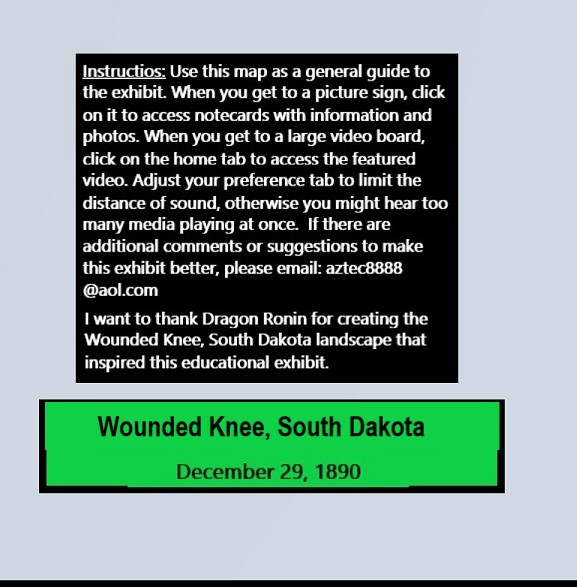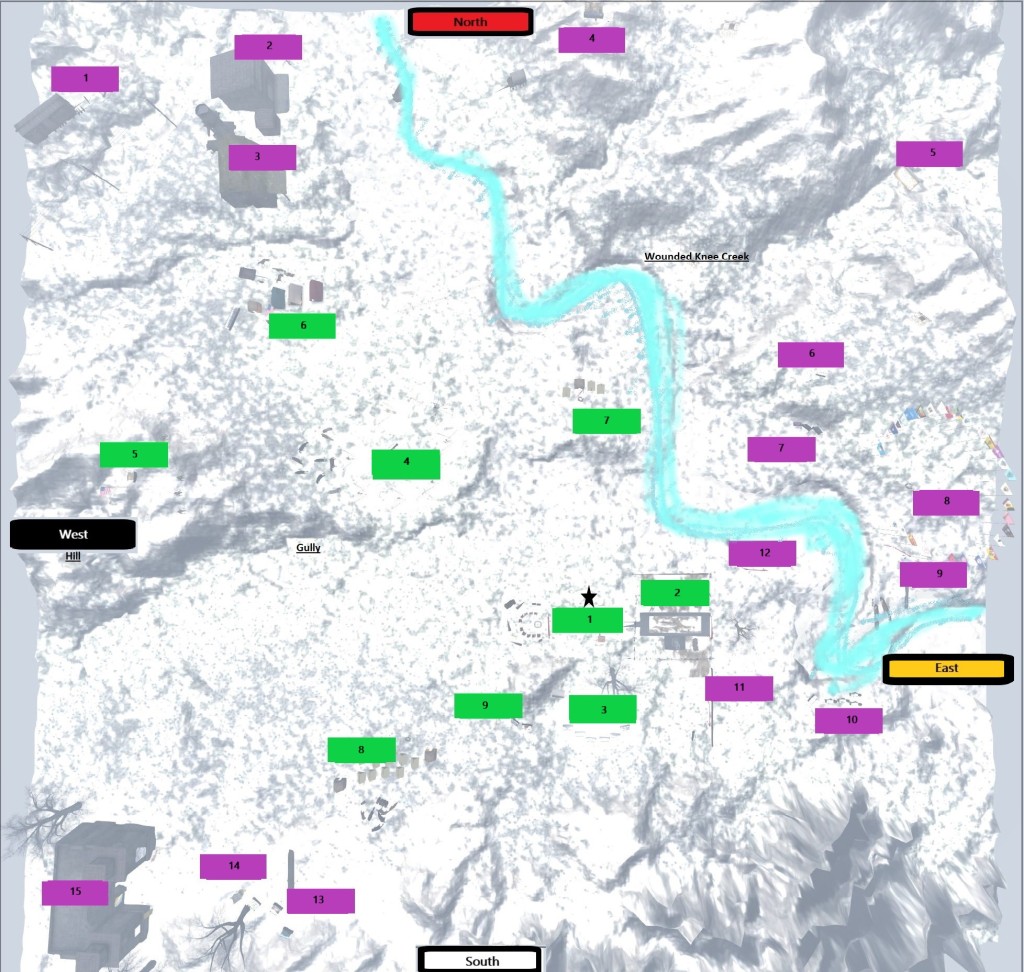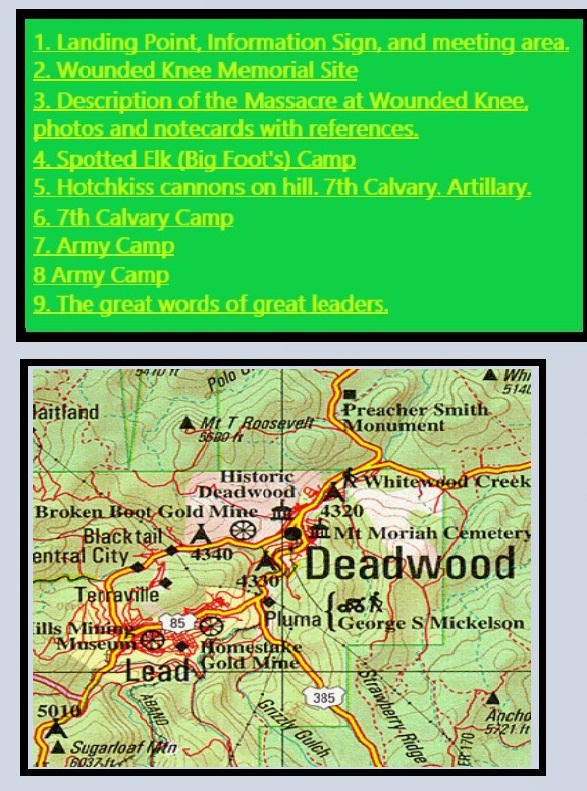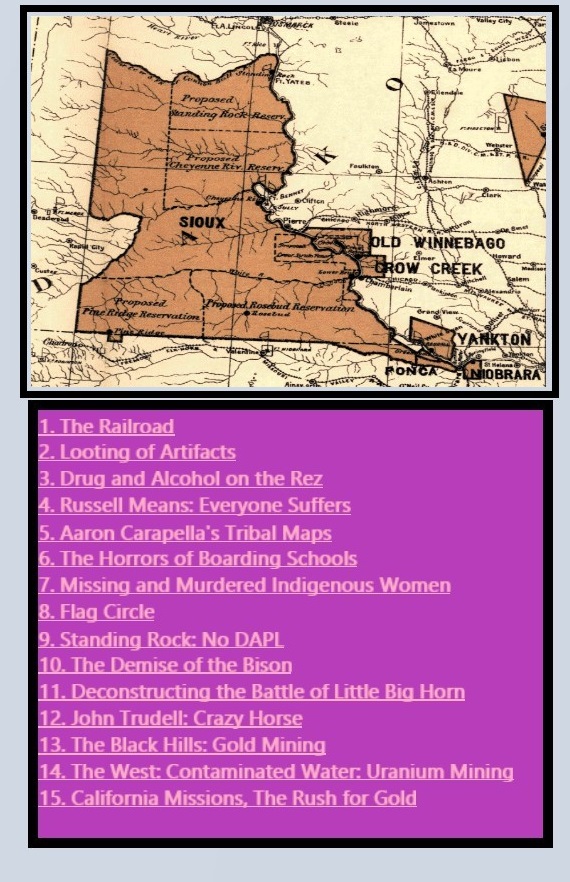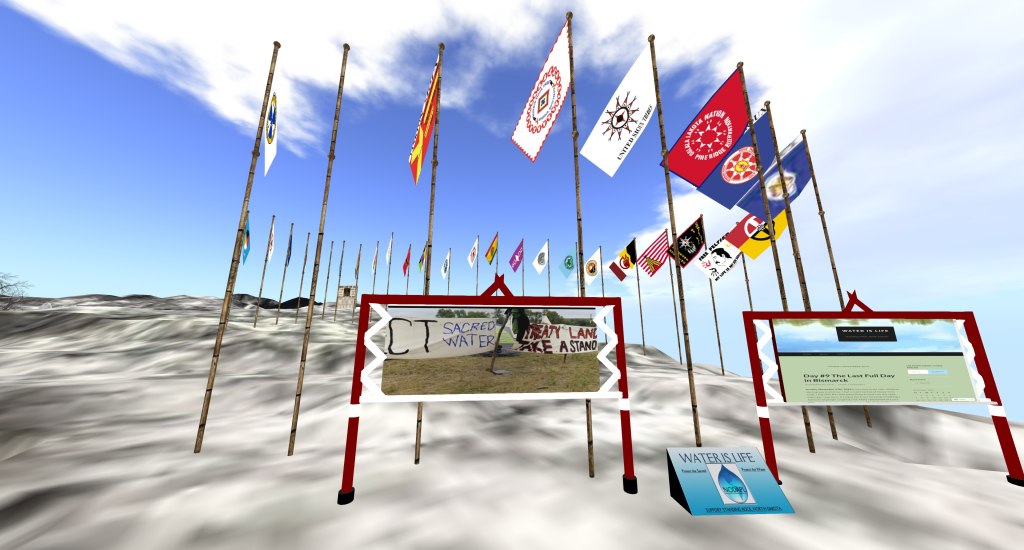
Dear Renee,
51 years ago last week, my relatives powerfully announced themselves on the world stage. In response to the ongoing subjugation of our people, more than 200 Oglala Lakota and American Indian Movement (AIM) activists occupied the town of Wounded Knee, right down the road from me, here on the Pine Ridge Indian Reservation. You probably know some of what happened next. The armed standoff with federal government agents lasted more than two months, garnering regular coverage on the nightly news and waking people across the planet to our struggle in a new way.
Today, I encourage you to become more familiar with what this occupation meant at the time and explore its lasting legacy. Please read my article on Last Real Indians from a few years back and watch this video from my daughter, Lakota Law spokesperson and organizer Tokata Iron Eyes, who was on the ground (and horseback) for the anniversary last week.

Watch: Tokata talks Wounded Knee liberation.
More than 50 years after the fact, I still have questions — some similar to those my relatives must have asked at the time they rose up in 1973. How could the U.S. government expect traditional people to live under the conditions colonialism forced upon us? How could such treatment escape the accountability of the law, and how could we be expected to forgive it? And, now, as we continue to fight for basic things like clean water and meaningful input — and as we continue, too often, to question one another — what will be the legacy of AIM, and of our resistance decades later against the Dakota Access pipeline?
Those are hard questions to answer, but I do know one thing. Without a doubt, the United States is responsible for all of it. This is how colonization works. An occupying force gains by instigating, arming, funding, and providing legal cover for murder. It gains by dividing and conquering. It gains land, minerals, and wealth. Our continued subjugation and our infighting are good for the colony.
About two years after the occupation ended, on the very day that FBI agents Ronald Williams and Jack Coler were killed on the Jumping Bull compound (for which AIM activist Leonard Peltier was later falsely convicted), the Oglala Sioux Tribe signed over a huge chunk of land containing mineral deposits to the United States. Consider that colonizers often use diversionary tactics and counterinsurgency measures to lower the cost of extracting whatever minerals the corporations want — and to eliminate opposition.
In the 1970s, that opposition was coming domestically from hippies, Black nationalists, the Brown Berets, the Student Nonviolent Coordinating Committee, the Weathermen, AIM, the National Indian Youth Council, and so forth. America was still openly racist, people were dying, and BIPOC (Black/Indigenous/People of Color) had no choice but to take public stands to shed light and call attention to the conditions we faced, regularly enforced by a government that either didn’t care or wanted us gone.
Thus, in our lexicon, we say that AIM liberated Wounded Knee. We celebrate Feb. 27 as “Liberation Day.” To this day, we remember the liberators with pride — and we remember that we are always susceptible to manipulation by outside forces. That’s exactly why we rose up once again at Standing Rock in 2016. And while it’s troubling that we continue to have to make such stands, I also see reason for hope.
More and more Americans are beginning to understand that most of their elected leaders have little interest in defending our country from extractive and/or war-profiteering corporations. Many Americans find themselves on our side now; they see corporate encroachment invading every aspect of their lives. I’m grateful that you recognize we must celebrate liberation, celebrate a patriotism which defends sacred lands and waters — and, by extension, ourselves, our birthrights, and our constitutional rights.
Wopila tanka — thank you for supporting Indigenous sovereignty!
Chase Iron Eyes
Director and Lead Counsel
